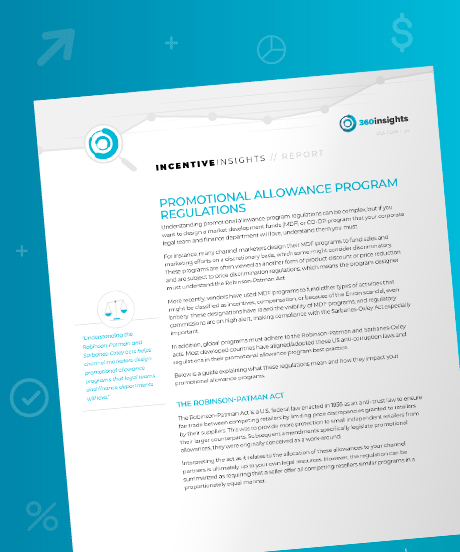Wi-Fi Protected Access (WPA) is a security protocol created to protect wireless networks through the encryption of data and an ability to control who can access the network. It builds on older, less secure standards like WEP (Wired Equivalent Privacy), and is used in both personal and enterprise-level environments.
A network with WPA typically includes:
- Secure protocols like TKIP or AES that safely manage and encrypt data transmissions
- SSO or MFA authentication requiring strong passwords or enterprise-level credentials
- The protection of a given network from unauthorized and/or malicious actors
Individuals and organizations depend on WPA to maintain secure, private wireless communication and to protect sensitive information from cyberattacks.
WPA is a crucial tool for the protection of data across an organization. It not only strengthens the overall security of wireless networks but also supports increasingly stringent compliance standards while maintaining user trust in their connected environments.
Setting Your Program up for Success from the Start

eBook
Promotional Allowance Program Regulations
In this guide, we explain what the regulations mean and how they impact your programs.
Download now, to learn how to create a program that your corporate legal team and finance department will love.
